In the modern digital age, security practices must keep pace with the rapid speed of software development. DevSecOps revolutionizes this by embedding security into every phase of the development lifecycle, ensuring that security is a shared responsibility from the very start. This approach is particularly crucial for the Public Sector, where agencies build and deploy software that must meet continuously evolving security standards.
Carahsoft Technology Corp., The Trusted Government IT Solutions Provider®, features numerous solutions for Government IT decision-makers, industry and vendor partners and technology thought leaders, including those in DevOps and DevSecOps Solutions and Services. At several key events Carahsoft is participating at this year, attendees will learn about security best practices, discuss emerging trends, take part in hands-on workshops and much more, ensuring agencies stay up to date with the latest developments in DevSecOps and cybersecurity. Here are the top events to watch for in 2025.
RSA Conference 2025
April 28-May 1 | San Francisco, CA | In-Person Event
Through technical sessions, hands-on labs and connecting with top professionals, attendees will discover unparalleled opportunities for networking, as well as insights into cutting-edge cybersecurity technologies, best practices and strategies to protect against evolving threats. Attendees should look for sessions that cover data protection, Zero Trust initiatives and AI applications in cybersecurity.
As a proud key participant in the RSA Conference, Carahsoft partners with leading cybersecurity vendors to offer tailored solutions that address the unique needs of Federal, State and Local agencies. Carahsoft is also excited to host the 12th Annual RSA Public Sector Day at RSA Conference on Monday, April 28. This year’s program will examine key areas such as developing a strong cybersecurity workforce, understanding the impact of AI on both offensive and defensive cyber operations and improving the exchange of information among government entities. Following RSA Conference on Tuesday, April 29 Carahsoft is hosting our Public Sector Reception from 6:00 pm – 9:00 pm at The Conservatory at One Sansome.
Offset Symposium 2025 by Second Front Systems
May 15 | Washington, D.C. | In-Person Event
This symposium features cutting-edge solutions in areas such as AI, cybersecurity and advanced software systems, giving Government, defense and industry leaders the opportunity to explore the latest innovations in national security and defense technology. Attendees will gain insights from thought leaders, participate in hands-on demonstrations and engage in high-level discussions aimed at driving defense capabilities forward.
Sessions to look out for:
- The Future of Strategic Offsets – Bridging Technology and Defense
- AI-Powered Defense Solutions
- Cyber Resiliency in Modern Warfare
- The Role of Open Source in Defense Innovation
As a Platinum Sponsor, Carahsoft will showcase its expertise in defense solutions through an interactive booth, speaking engagements and a VIP networking session. Be sure to stop by our booth and speak with one of our team members!
AWS Public Sector Summit
June 10-11 | Washington, D.C. | In-Person Event
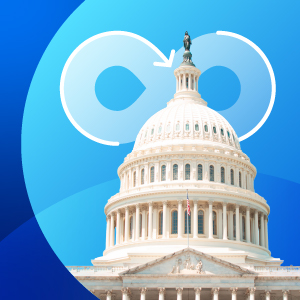
To meet the unique challenges of the Public Sector, this summit brings together Government, education and nonprofit leaders to explore the latest cloud innovations and solutions. Attendees will gain insights from industry experts, participate in hands-on workshops and learn how AWS enables organizations to accelerate their digital transformation, enhance security, integrate cloud security solutions into DevSecOps and improve mission outcomes.
Join Carahsoft, a leading distributor of cloud solutions to the Public Sector and a trusted AWS partner, in DC and stop by our Carahsoft Pavilion, featuring our vendors Anchore, Hashicorp, Hyland, Rackspace, Second Front and more. Join us after the first day of the summit on June 10 for a networking event just a short walk away at Planet Word Museum!
Carahsoft’s DevSecOps Conference
July 29 | Reston, VA | In-Person Event
Our premier event will explore the integration of security into the development lifecycle, leveraging automation, compliance frameworks and modern tools to enhance operational efficiency. Attendees gain actionable insights into trends, challenges and best practices for secure application delivery, legacy system modernization and meeting compliance mandates, fostering collaboration and innovation across the Government technology landscape.
This Carahsoft-hosted conference features fireside chats, presentations and technology demonstrations from Government leaders and industry experts. For an idea of what to expect at our 2025 event, check out last year’s videos and resources at our resource hub. If you are a vendor interested in sponsorship opportunities, please reach out to us at DevSecOpsMarketing@Carahsoft.com.
DevSecOps World Tour by GitLab
October | Washington, D.C. | In-Person Event
Through expert-led sessions, hands-on workshops and real-world case studies, attendees will explore the latest trends, tools and best practices in DevSecOps and gain valuable insights into security, enhancing collaboration and the best practices of integrating security seamlessly into the DevOps lifecycle. Attendees should look for sessions about global software development trends and success stories from Public Sector clients.
Carahsoft enables attendees to explore tailored solutions that streamline workflows, ensure compliance and accelerate the adoption of secure software development practices. Check out the events tab on our website for more information closer to the date of the event.
DevSecCon by Snyk
October | Virtual Event
With a focus on bridging the gap between security and development, offering insights into the latest trends and providing tools and practices in DevSecOps, this event will explore best practices for integrating security into the software development lifecycle. Through a combination of keynote speeches, hands-on workshops and interactive sessions, attendees will gain valuable knowledge on securing cloud-native applications, mitigating risks and enhancing collaboration between security and development teams.
Tracks at this event include AI Security, Open Source Security and Security Culture & Education
At DevSecCon, Carahsoft showcases its partnerships with top-tier vendors, offering attendees the opportunity to learn about cutting-edge technologies and solutions tailored to enable the Public Sector to become DevSecOps compliant while meeting their unique needs. To learn more about Carahsoft and Snyk’s DevSecOps capabilities and how we will be involved in this event soon, visit our website.
KubeCon + CloudNativeCon North America
November 10-13 | Atlanta, GA | In-Person Event
By uniting developers, operators and technology leaders to explore the latest innovations in containerization, microservices and cloud-native architectures, this event provides attendees with hands-on workshops and technical sessions to learn from industry experts on topics ranging from Kubernetes and container orchestration to DevOps, security and cloud infrastructure. Attendees should look for sessions about Kubernetes security, cloud-native security tools and DevSecOps automation.
Carahsoft’s booth and vendor demo kiosks will present solutions for secure Kubernetes deployments in Federal agencies. Check back soon to our events website for more information on this year’s event.
Splunk GovSummit
December | Washington, D.C. | In-Person Event
By providing a firsthand look at how Splunk’s data analytics, security and operational intelligence solutions can enhance mission-critical operations across Federal, State and Local agencies, this event enables attendees to gain insights from real-world case studies. Learn about emerging trends in data and network with industry leaders shaping the future of Government technology, as well as how to utilize Splunk for continuous monitoring in a DevSecOps pipeline.
As a key partner of Splunk GovSummit and distributor of Splunk’s powerful analytics platform, Carahsoft will provide a team of experts to share valuable knowledge, offer tailored solutions and facilitate connections between Government professionals and Splunk’s cutting-edge products, enabling attendees to transform data into actionable intelligence. To stay informed on our presence at Splunk GovSummit, visit our website and explore Splunk solutions.
Public Sector Network’s DevSecOps Virtual Event
TBA | Virtual Event
To provide a comprehensive look into the integration of security within the DevOps lifecycle, this event looks at incorporating security from planning through deployment. Topics covered include enhancing security measures, improving DevOps processes and ensuring compliance with Federal standards, all while addressing real-world examples and the unique needs of Government agencies. Attendees should look for sessions about security challenges, automation strategies and real-world use cases for DevSecOps in the Public Sector.
Carahsoft will showcase innovative solutions that enhance security, streamline workflows and ensure compliance, empowering Public Sector agencies to meet the demands of modern software development in a secure and efficient manner. Check out the events tab on our website for more information closer to the date of the event.
Red Hat Summit & Connect Series 2025
Multiple Dates | Multiple Locations | In-Person and Virtual Events
With both in-person and online options, this dynamic series of events brings together IT professionals, developers and business leaders to explore the latest innovations in Open Source technology, cloud-native solutions and automation. Featuring keynote sessions, expert-led workshops and hands-on labs, this conference empowers attendees to drive transformation within their organizations, improve efficiencies and accelerate their digital transformation journey. Attendees should look for sessions about security automation, containerization best practices and DevSecOps with OpenShift.
Carahsoft provides comprehensive support and expertise to help Government agencies, educational institutions and other Public Sector agencies leverage Red Hat’s innovative Open Source solutions. Carahsoft is a gold sponsor at this year’s event, and we will continue to update the details of our presence here.
Previous Event Highlights
Atlassian Team on Tour Government
Public Sector professionals joined to explore the latest tools and strategies for driving collaboration, efficiency and innovation across Government teams. This dynamic event showcased Atlassian’s solutions for managing complex projects, improving cross-functional workflows and fostering a culture of transparency and accountability. Attendees gained valuable insights from industry leaders, learned how to optimize team performance with Atlassian products and discovered best practices tailored to the unique challenges in Government.
As a proud key partner, Carahsoft brings its expertise in providing innovative IT solutions by offering attendees personalized insights on how Atlassian’s software can address their unique challenges and improve mission-critical operations.
By gaining new insights and perspectives on the right tools to continually integrate DevSecOps into every stage of the software development process, Public Sector agencies can ensure their systems remain secure. With DevSecOps, agencies can increase the delivery speed of their software, monitor systems in real time and collaborate with other agencies.
To learn more or get involved in any of the above events please contact us at DevSecOpsMarketing@Carahsoft.com. For more information on Carahsoft and our industry leading DevSecOps technology partners’ events, visit our DevSecOps solutions portfolio.



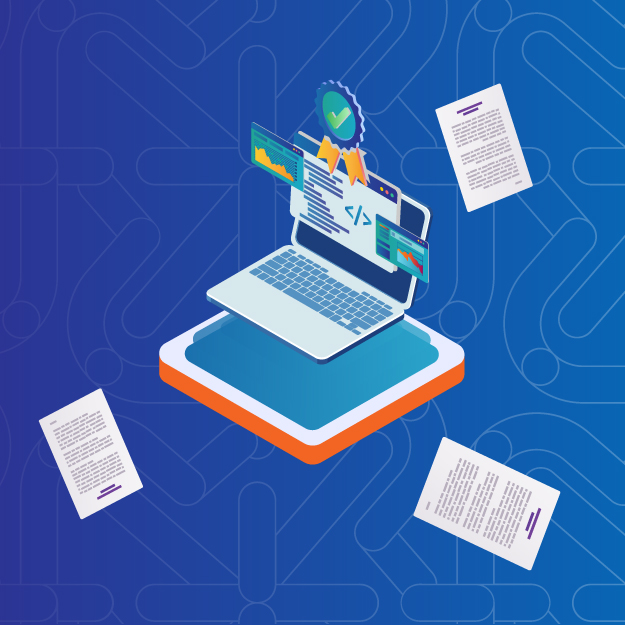
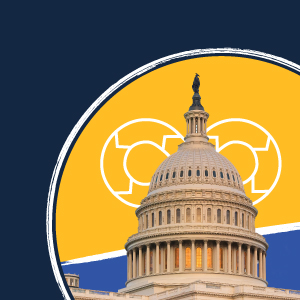 Software Factories
Software Factories USSF Supra Coders Utilize DevSecOps for Innovation
USSF Supra Coders Utilize DevSecOps for Innovation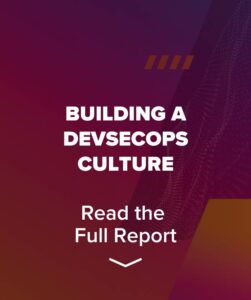
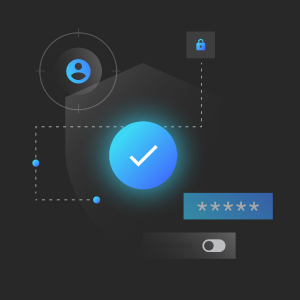
 “Success for integrators and their partners is delivering secure solutions that provide meaningful and impactful mission outcomes. Leidos invests heavily in testing and building relevant solutions for public-sector customers to ensure that innovative technologies are cost-effective, resilient, compliant with government requirements and best positioned to solve mission problems. Investing in a continuous innovation cycle is critical. Leidos and Red Hat recognize that we are in the business of continuous modernization. When Red Hat and other key partners offer innovative new solutions, our partnerships enable us to move fast in testing and proving that the technology works and can scale to meet the government’s needs. Leidos leverages innovative technology to drive great mission outcomes in our Aviation Security Product business unit (Security Enterprise Solutions). By using cloud-native AI/ML modeling solutions, Leidos had been able to achieve significant performance gains in our process for developing algorithms for security detection products, ultimately improving travelers’ experiences at airports.”
“Success for integrators and their partners is delivering secure solutions that provide meaningful and impactful mission outcomes. Leidos invests heavily in testing and building relevant solutions for public-sector customers to ensure that innovative technologies are cost-effective, resilient, compliant with government requirements and best positioned to solve mission problems. Investing in a continuous innovation cycle is critical. Leidos and Red Hat recognize that we are in the business of continuous modernization. When Red Hat and other key partners offer innovative new solutions, our partnerships enable us to move fast in testing and proving that the technology works and can scale to meet the government’s needs. Leidos leverages innovative technology to drive great mission outcomes in our Aviation Security Product business unit (Security Enterprise Solutions). By using cloud-native AI/ML modeling solutions, Leidos had been able to achieve significant performance gains in our process for developing algorithms for security detection products, ultimately improving travelers’ experiences at airports.”